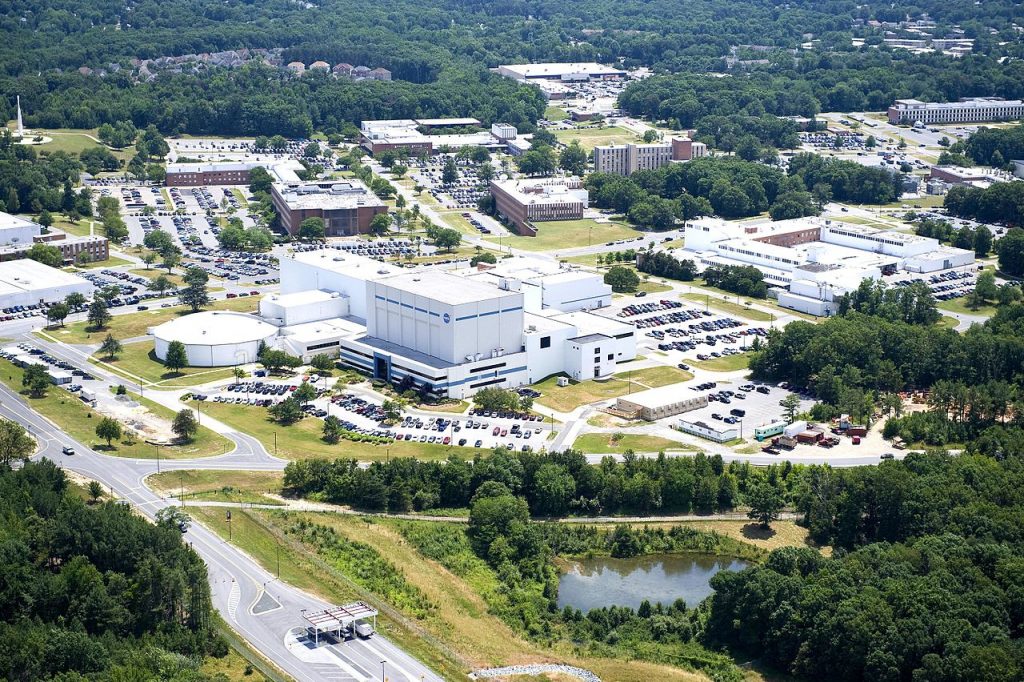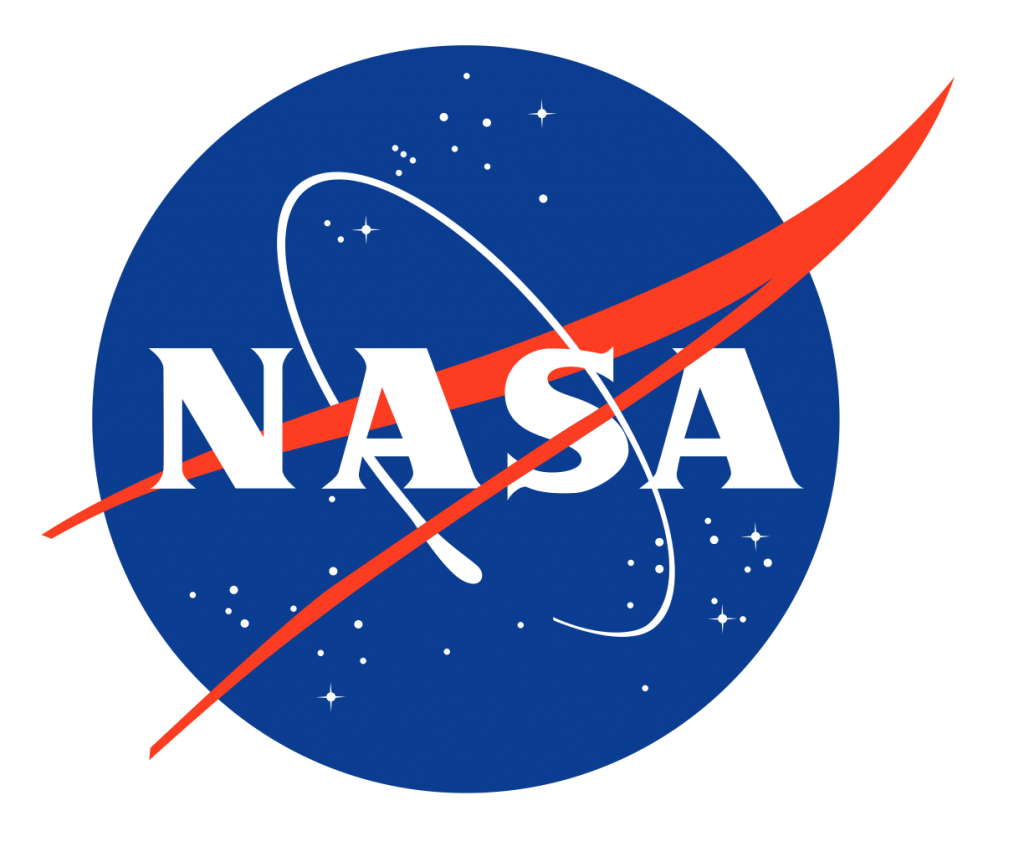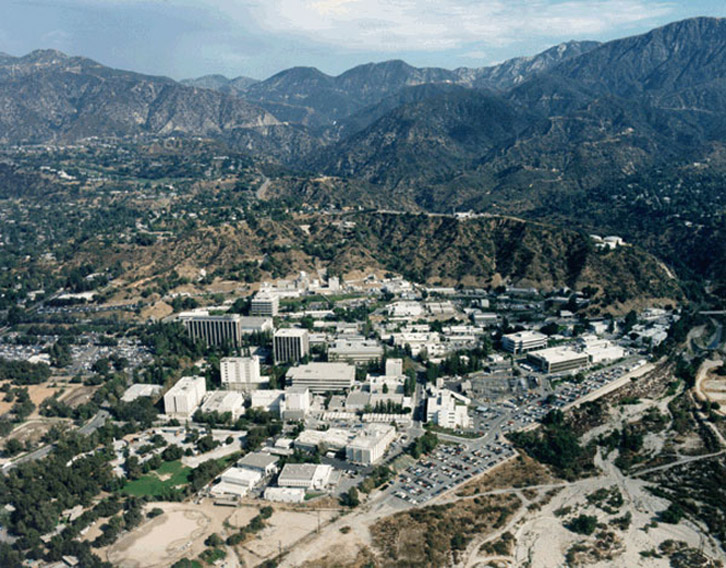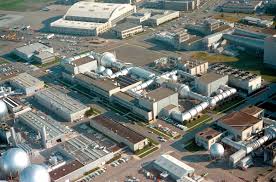NASA
In the US, space activity is controlled by the National Aeronautics and Space Administration better known by the acronym NASA. It is made up of a central organization and various administrative entities which manage the agency’s funding and priorities. There are also various centers that design or test equipment as well as space centers for launching rockets. There are also countless scientific committees that study and propose research to the mission selection committee, which allocates budgets to them.
JPL
The Jet propulsion laboratory (JPL) is one of NASA’s centers specializing in the production and operation of probes. It is located in Pasadena, California, north of Los Angeles. He has strong ties to the California University of Technology (Caltech). He is not involved in manned missions or launchers, but has expertise in planetary exploration. He is at the origin of all the rovers or landers having worked on the surface of Mars and of probes having flown over the 8 planets of our system. For these missions, the JPL manages the interplanetary communication network Deep space network (DSN) which is used for missions around the world.
ARC
The Ames research center (ARC) is a center located in Montain View south of San Francisco Bay in California. Originally dedicated to aeronautical research, this center has acquired experience in space. It now has a large number of test facilities such as high and low temperature wind tunnels, a Martian atmosphere simulator and cannons simulating the impacts of meteorites. Its position in the heart of the silicon valley allows it to be up to date on the on-board computing of probes and supercomputers. In the field of exploration, this center is greatly involved in the Pioneer solar system study program.
Goddard Space Flight Center GSFC
The Goddard Space Flight Center (GSFC) is one of the largest centers of the NASA founded in 1958 Greenbelt (maryland) in the suburbs of Washington DC. A significant part of its activity is devoted to the exploration of Earth and its immediate environment. This expertise was born with the first American satellites of the explorer program and continues with the earth observation satellites of the earth observing system program. One of these emblematic activities is space observation with, in particular, the Hubble and James Webb space telescopes. Although he participated in the early days of the Mercury program, the bulk of human ferret flight activities moved to the Johnson Center in Huston in 1961. The GSFC retained the Spacecraft Tracking and Data (Acquisition) Network and owns an expertise in spacewalks through its work on repairable modular satellites like Hubble. Recently, the center has moved away from pure observation to begin direct exploration, a specialty of JPL. This approach began with the MAVEN (Mars) LRO (Moon) orbiters, it is amplified with the Osiris-REX (asteroid) sample return mission and becomes completely in situ exploration with Da Vinci + (Venus) .



